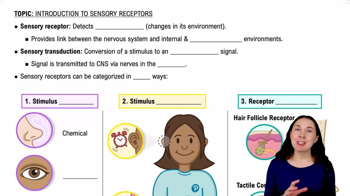Match each type of neuroglial cell with its correct function.
____Schwann cells
____Ependymal cells
____Microglial cells
____Oligodendrocytes
____Satellite cells
____Astrocytes
a. Phagocytic cells of the CNS
b. Surround the cell bodies of neurons in the PNS
c. Create the myelin sheath in the PNS
d. Anchor neurons and blood vessels, maintain extracellular environment around neurons, assist in repair of damaged brain tissue
e. Create the myelin sheath in the CNS
f. Ciliated cells in the CNS that produce and circulate the fluid around the brain and spinal cord




